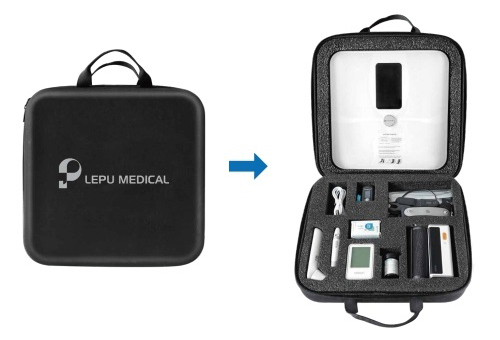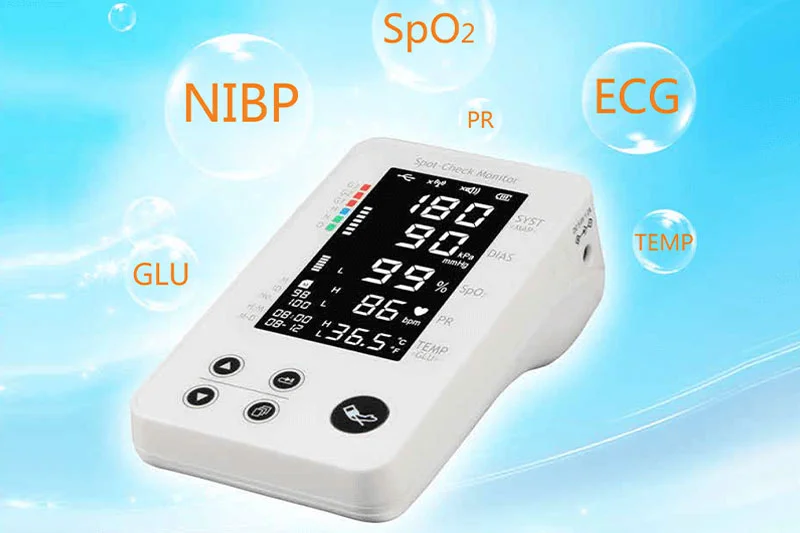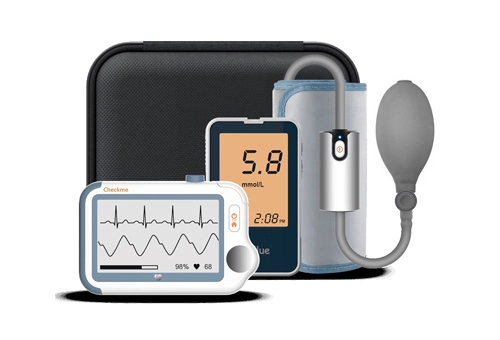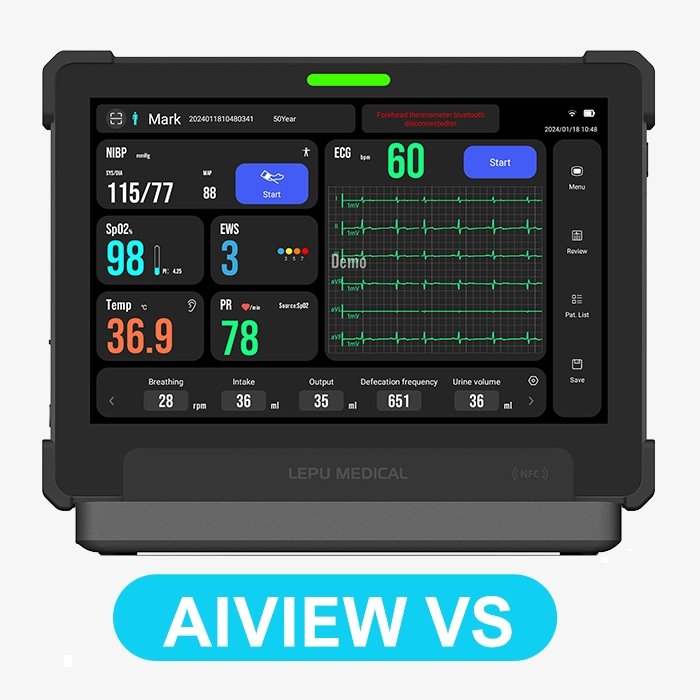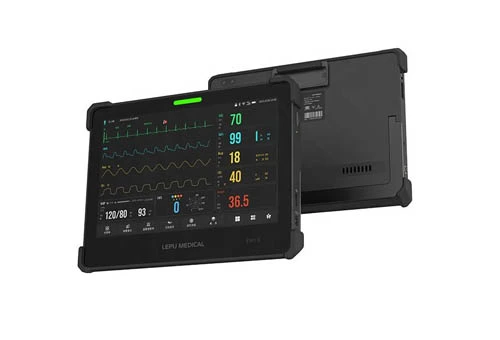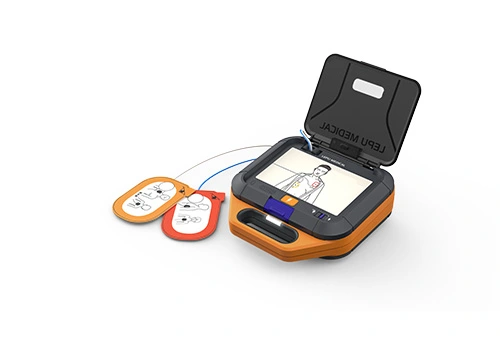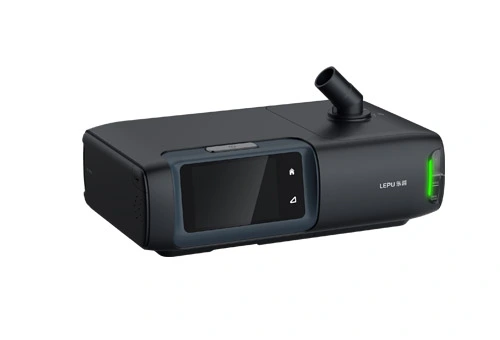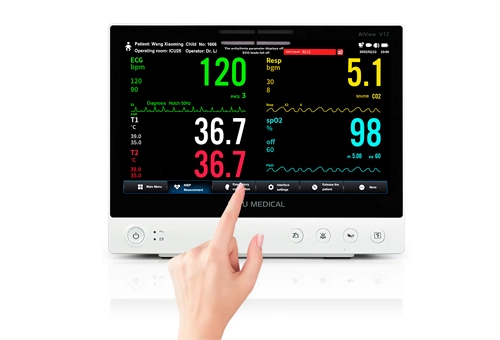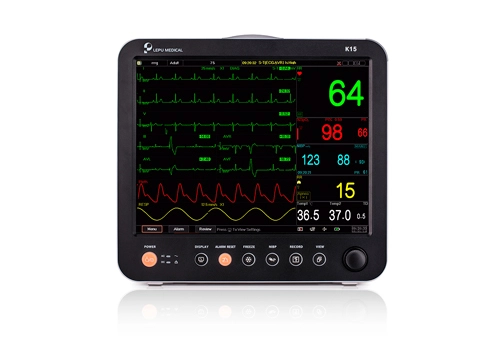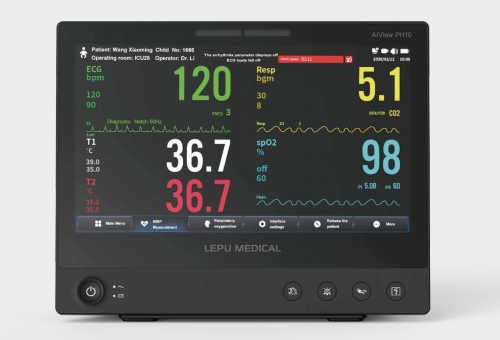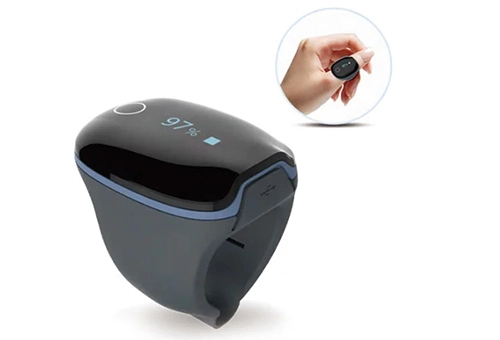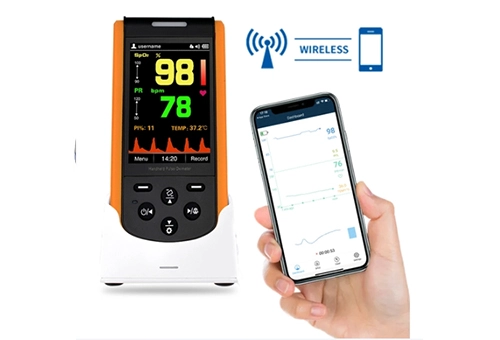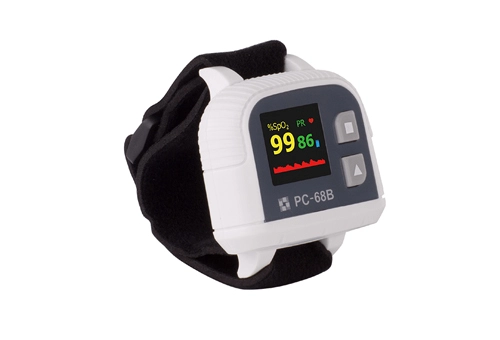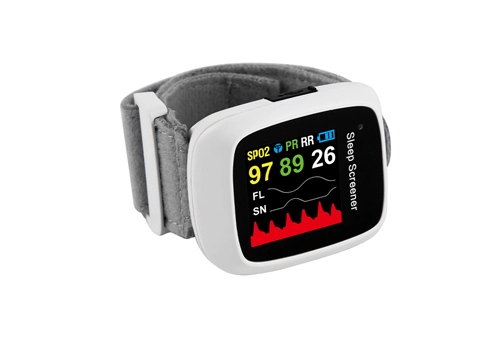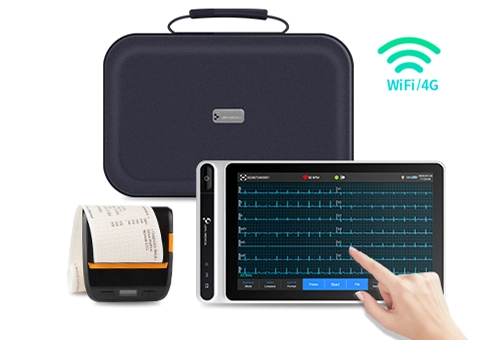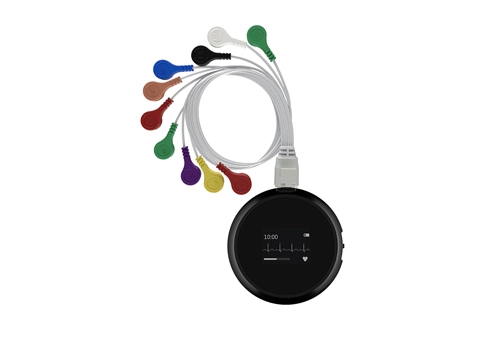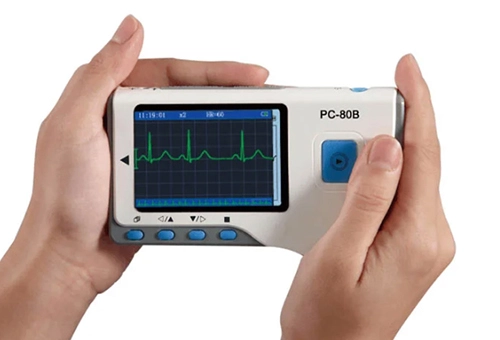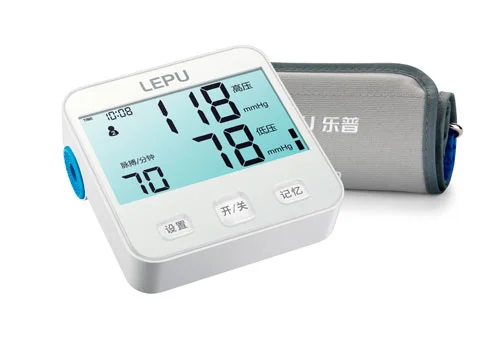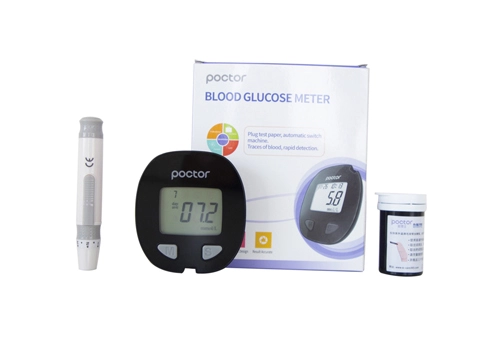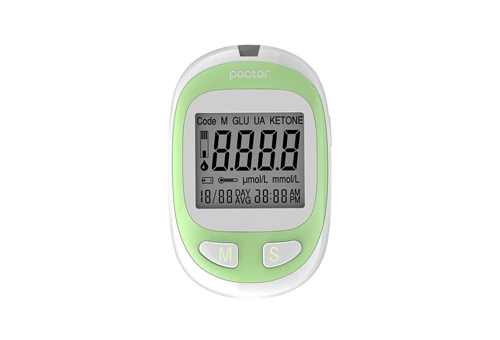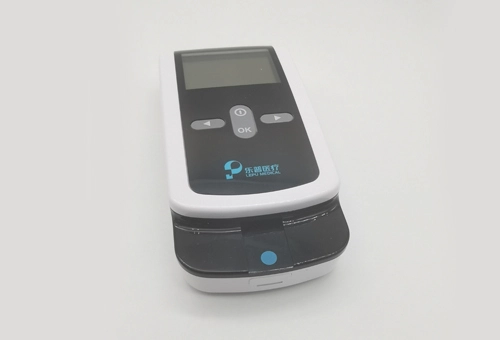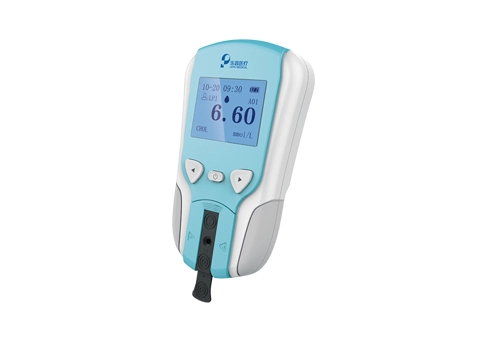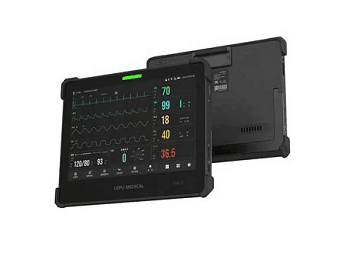How Can Patient Monitors Be Used to Improve Patient Outcomes and Enhance the Quality of Care?
Patient monitors have become increasingly important in healthcare, as they are essential tools for healthcare providers to track vital signs and other important medical data for patients in real-time. With the advent of advanced technology, these devices have evolved to become more accurate and user-friendly, leading to improved patient outcomes and enhanced quality of care.
1. Real-Time Patient Monitoring
One of the most significant benefits of a patient monitor is their ability to provide real-time data on a patient's vital signs. These monitors can track and display vital signs such as blood pressure, heart rate, respiratory rate, oxygen saturation and temperature. This allows healthcare providers to quickly identify any changes in a patient's condition and intervene promptly. The ability to monitor vital signs in real-time is especially important for critically ill patients in the intensive care unit (ICU) and for patients undergoing surgery.
2. Early Detection of Complications
Patient monitoring systems can also help healthcare providers detect early signs of complications, such as respiratory distress, sepsis, and cardiac arrest. Early detection of such complications enables healthcare providers to intervene before the patient's condition deteriorates. This, in turn, can reduce the risk of morbidity and mortality, leading to better patient outcomes. Patient monitoring can help healthcare providers identify signs of complications that might otherwise go unnoticed until it's too late.
3. Remote Patient Monitoring
Patient monitoring systems can also be used to provide remote patient care. This is particularly useful for patients who are recovering at home or those who require long-term care. With remote monitoring, healthcare providers can keep track of a patient's condition even when they are not physically present. This allows healthcare providers to intervene quickly if a patient's condition worsens, preventing potential hospitalizations and adverse outcomes. By using portable or wearable patient monitoring system, healthcare providers can track a patient's vital signs, medication adherence, and compliance with therapy, among other things.
Patient monitoring has revolutionized healthcare by providing real-time data, early detection of complications, and remote patient monitoring. These tools have contributed significantly to improving patient outcomes and enhancing the quality of care. With the continued growth and advancement of technology, automatic vital sign machine will undoubtedly become even more sophisticated and user-friendly, leading to further improvements in the quality of care and health outcomes. As such, patient monitors should be an essential component of every healthcare facility.

